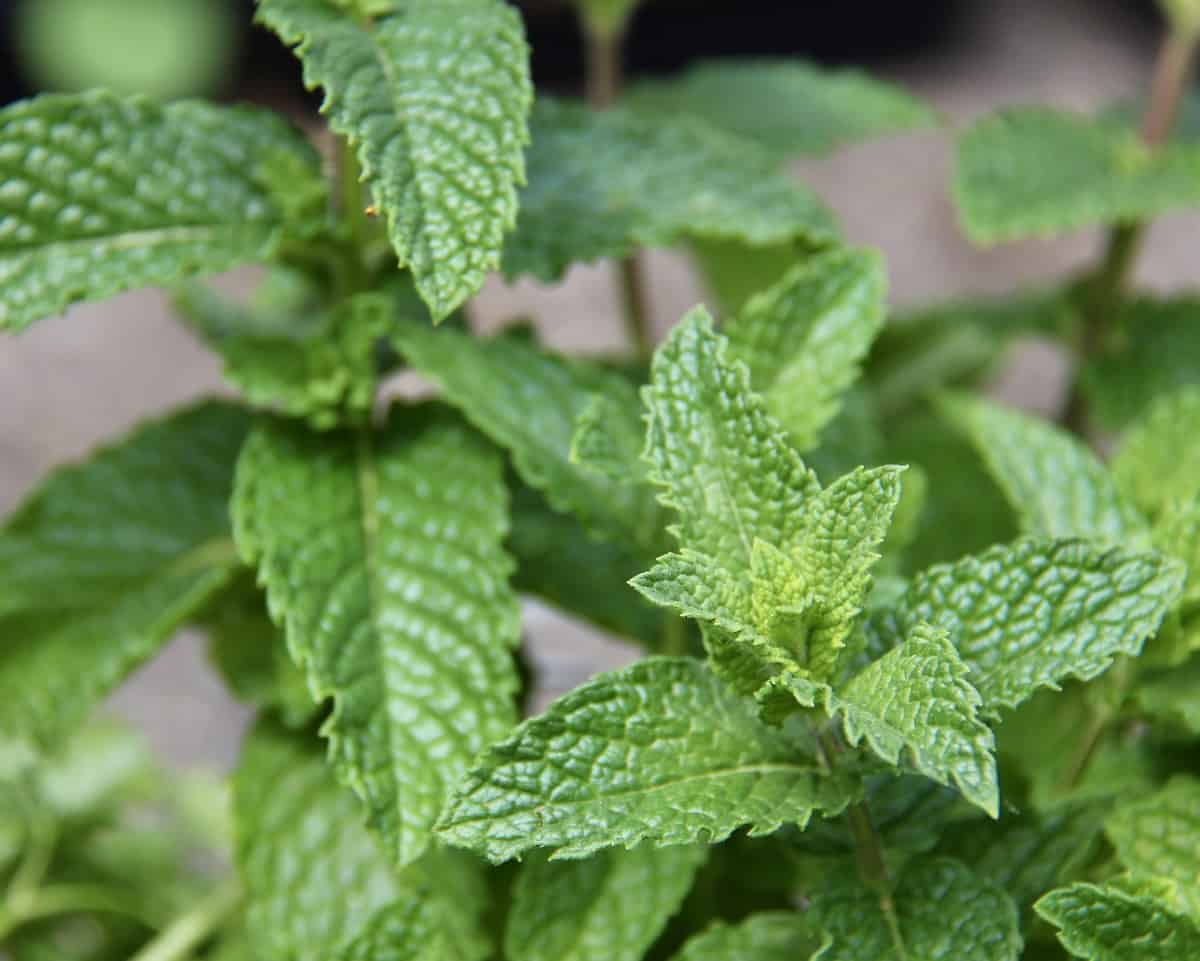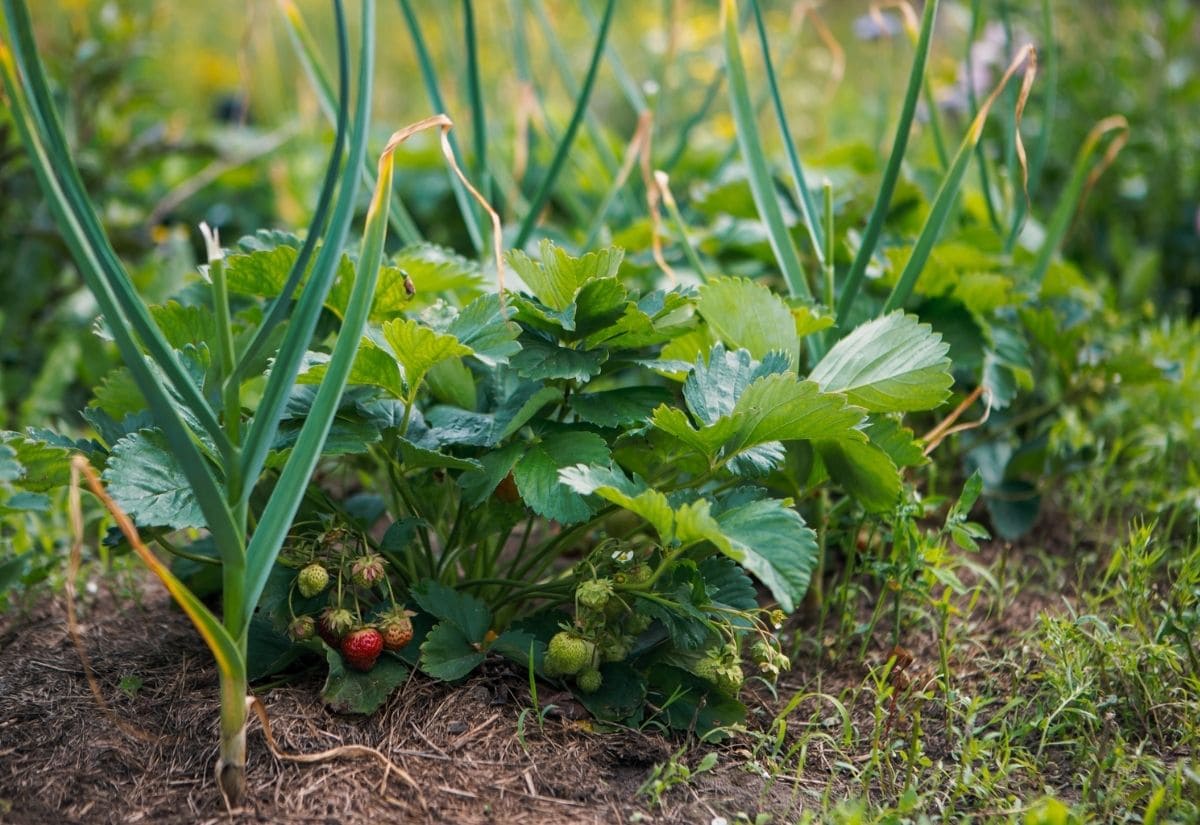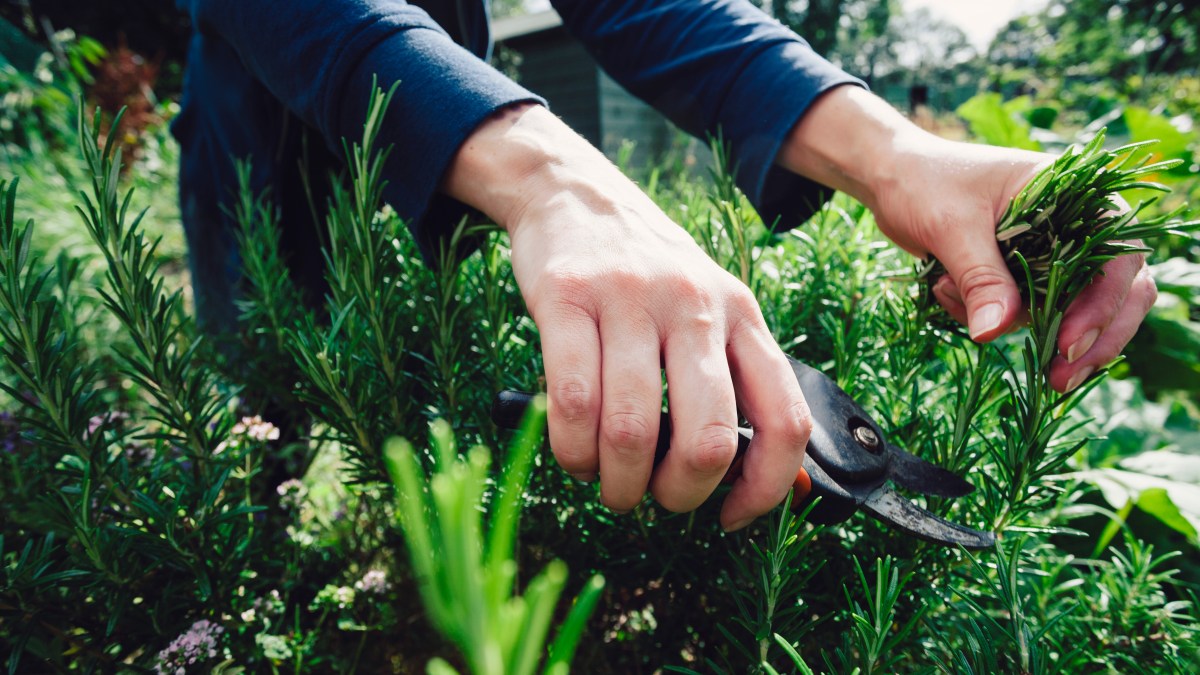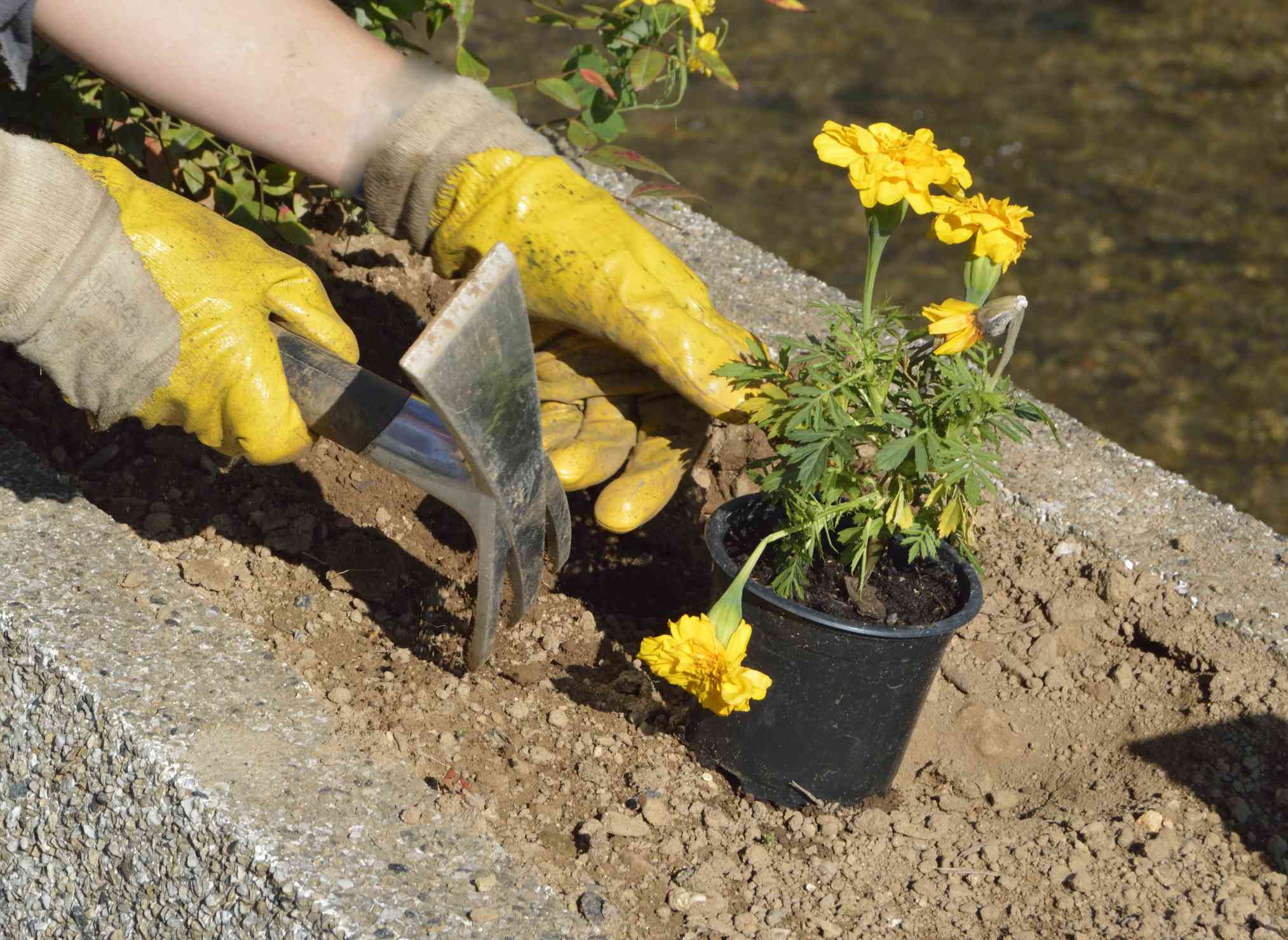Home>Gardening Basics>Understanding Soil>What Grows Well In Clay Soil


Understanding Soil
What Grows Well In Clay Soil
Published: February 12, 2024
Discover what grows well in clay soil and improve your gardening skills with our comprehensive guide. Understanding soil types is essential for successful gardening.
(Many of the links in this article redirect to a specific reviewed product. Your purchase of these products through affiliate links helps to generate commission for Chicagolandgardening.com, at no extra cost. Learn more)
Table of Contents
Introduction
Understanding the Unique Characteristics of Clay Soil
Clay soil is a common soil type with unique properties that can both challenge and benefit gardeners. Its dense, compact nature and slow drainage can pose obstacles to plant growth, but with the right approach, clay soil can also offer numerous advantages. Understanding the distinctive qualities of clay soil is essential for successful gardening and landscaping.
Clay soil is composed of fine particles that bind together tightly, resulting in its heavy, sticky texture when wet. This compactness can hinder water infiltration and root development, leading to drainage issues and potential waterlogging. However, the high nutrient content of clay soil can be advantageous for plant growth, as it provides a rich foundation for a variety of flora to thrive.
Gardeners often encounter challenges when working with clay soil, such as difficulty in tilling and cultivating the land, as well as the risk of soil compaction. However, by implementing specific strategies and selecting suitable plant species, these challenges can be effectively addressed, transforming clay soil into a fertile and productive environment for gardening.
In this article, we will explore the characteristics of clay soil, identify plant species that flourish in this environment, and provide valuable tips for gardening and improving the quality of clay soil. Whether you are a seasoned gardener or a beginner, understanding the intricacies of clay soil will empower you to create a vibrant and flourishing garden.
Understanding Clay Soil
Clay soil is renowned for its unique composition and properties, which significantly influence its behavior and suitability for gardening and landscaping. The distinctive characteristics of clay soil stem from its fine particle size and cohesive nature, presenting both challenges and opportunities for plant growth.
One of the defining attributes of clay soil is its dense texture, primarily due to the minuscule size of its particles. This density results in poor drainage, as water struggles to permeate the compacted soil, often leading to waterlogging. Additionally, clay soil tends to retain moisture for prolonged periods, which can impact root health and create an environment conducive to certain plant diseases.
Despite its drainage challenges, clay soil possesses remarkable fertility, making it an ideal medium for various plant species. The high nutrient content of clay soil provides an advantageous foundation for plant growth, offering essential minerals and elements necessary for robust development. Furthermore, the ability of clay soil to retain nutrients can contribute to sustained nourishment for plants, reducing the need for frequent fertilization.
Another crucial aspect of clay soil is its propensity for compaction, especially when subjected to heavy foot traffic or machinery. This compaction restricts root penetration and aeration, impeding the overall health and growth of plants. As a result, gardeners often face the task of amending and improving the structure of clay soil to create a more hospitable environment for their desired flora.
Understanding the intricate nature of clay soil is pivotal for successful gardening endeavors. By recognizing its characteristics, gardeners can implement targeted strategies to mitigate its limitations and leverage its inherent fertility. In the subsequent sections, we will delve into the specific plant species that thrive in clay soil, as well as valuable tips for gardening and enhancing the quality of this unique soil type.
Plants That Thrive in Clay Soil
While clay soil presents certain challenges for gardening, it also offers a conducive environment for a diverse array of plant species. By selecting flora that are well-suited to the unique characteristics of clay soil, gardeners can create thriving landscapes and vibrant gardens. Understanding the specific plants that flourish in clay soil is essential for maximizing the potential of this soil type.
Several plant varieties have adapted to thrive in the dense, moisture-retentive nature of clay soil. Trees such as red maple, river birch, and bald cypress demonstrate resilience in clay soil conditions, providing shade, visual interest, and ecological benefits. Their ability to tolerate periodic waterlogging and nutrient-rich soil makes them valuable additions to clay soil landscapes.
Shrubs play a pivotal role in clay soil gardens, offering texture, color, and structure. Species like potentilla, ninebark, and winterberry excel in clay soil environments, showcasing vibrant foliage and blossoms while withstanding the soil’s moisture retention. Additionally, incorporating ornamental grasses such as switchgrass and little bluestem can introduce dynamic movement and visual appeal to clay soil landscapes.
Perennial flowers contribute to the vibrancy of clay soil gardens, with numerous species thriving in this unique environment. Plants such as daylilies, astilbe, and bee balm exhibit remarkable adaptability to clay soil, producing stunning blooms and enhancing the overall aesthetic of the garden. Their capacity to flourish in nutrient-rich, moisture-retentive soil makes them well-suited for clay soil landscapes.
Vegetable and herb gardens can also thrive in clay soil with the selection of suitable crops. Root vegetables like carrots and parsnips can thrive in the dense texture of clay soil, provided that the soil is well-amended to ensure proper drainage. Additionally, herbs such as thyme, rosemary, and sage can flourish in clay soil, offering culinary and aromatic benefits to gardeners.
By incorporating these resilient and adaptable plant species, gardeners can harness the potential of clay soil, transforming potential challenges into opportunities for diverse and flourishing landscapes. The subsequent section will provide valuable tips for gardening in clay soil, empowering gardeners to cultivate thriving gardens and lush green spaces.
Tips for Gardening in Clay Soil
Gardening in clay soil necessitates specific approaches and techniques to optimize plant growth and mitigate the challenges associated with this soil type. By implementing targeted strategies, gardeners can transform clay soil into a fertile and productive medium for cultivating diverse flora. The following tips are invaluable for gardening success in clay soil:
- Amend the Soil: Incorporate organic matter such as compost, well-rotted manure, or peat moss into the clay soil to improve its structure, enhance drainage, and increase nutrient levels. Amending the soil helps alleviate compaction and creates a more hospitable environment for plant roots.
- Select Suitable Plants: Choose plant species that are well-adapted to clay soil conditions, including trees, shrubs, perennials, and vegetables known for their resilience in moisture-retentive and nutrient-rich environments. Researching and selecting suitable plants is essential for successful gardening in clay soil.
- Utilize Raised Beds: Construct raised beds or mounds to create elevated planting areas with improved drainage and aeration. Raised beds provide an opportunity to cultivate plants above the dense clay soil, offering better control over moisture levels and root health.
- Implement Mulching: Apply a layer of organic mulch such as wood chips, straw, or shredded leaves to the soil surface to conserve moisture, regulate temperature, and suppress weed growth. Mulching also aids in preventing soil compaction caused by heavy rainfall or irrigation.
- Watering Practices: Monitor soil moisture levels closely and water deeply but infrequently to encourage deep root growth and prevent waterlogging. Adjust irrigation practices based on the specific water retention characteristics of clay soil to maintain optimal moisture levels for plant health.
- Minimize Foot Traffic: Limiting foot traffic and heavy machinery on clay soil helps prevent compaction, which can impede root development and soil aeration. Establish designated pathways and avoid working on wet clay soil to preserve its structure.
- Regular Soil Testing: Conduct periodic soil tests to assess nutrient levels, pH balance, and overall soil health. Understanding the specific requirements of clay soil enables gardeners to make informed decisions regarding fertilization and soil amendments.
By incorporating these strategic tips into their gardening practices, individuals can effectively navigate the challenges of clay soil and create thriving landscapes and bountiful gardens. The next section will delve into methods for improving the quality of clay soil, offering valuable insights for enhancing its fertility and sustainability.
Improving Clay Soil Quality
Enhancing the quality of clay soil is a transformative process that involves targeted interventions to optimize its structure, drainage, and nutrient content. By employing strategic methods for soil improvement, gardeners can overcome the inherent challenges of clay soil and create a more hospitable environment for plant growth. The following approaches are instrumental in improving the quality of clay soil:
- Soil Amendment: Integrate generous amounts of organic matter, such as compost, well-rotted manure, or leaf mold, into the clay soil to enhance its texture, increase microbial activity, and bolster nutrient levels. Organic amendments facilitate better soil aggregation and aeration, leading to improved drainage and root penetration.
- Utilize Gypsum: Applying gypsum to clay soil can help alleviate compaction and enhance drainage by promoting the flocculation of soil particles. Gypsum aids in breaking up clay particles, resulting in improved soil structure and reduced waterlogging tendencies.
- Cultivate Cover Crops: Planting cover crops like clover, vetch, or ryegrass during the off-season can contribute to soil improvement by preventing erosion, suppressing weeds, and enhancing soil structure through root penetration. Cover crops also add organic matter to the soil upon decomposition, enriching its fertility.
- Implement Crop Rotation: Practicing crop rotation in clay soil gardens can mitigate nutrient depletion and pest pressure while promoting soil health. Rotating crops such as legumes, brassicas, and grains helps balance nutrient levels, reduce disease incidence, and enhance soil structure over time.
- Utilize Soil-Conditioning Plants: Introducing deep-rooted plants like alfalfa, lupine, or daikon radish to clay soil can facilitate soil improvement through their extensive root systems. These plants break up compacted soil, enhance aeration, and contribute organic matter upon decomposition, fostering long-term soil health.
- Apply Micronutrients: Supplementing clay soil with essential micronutrients like boron, zinc, and iron can address potential deficiencies and optimize nutrient availability for plants. Conducting a soil test can guide the precise application of micronutrients to support healthy plant growth.
By implementing these strategic methods for soil improvement, gardeners can effectively enhance the quality of clay soil, transforming it into a more balanced, fertile, and sustainable growing medium. The subsequent sections will provide valuable insights into the significance of understanding and working with clay soil, empowering gardeners to cultivate thriving landscapes and lush green spaces.
Conclusion
Understanding the unique characteristics of clay soil is essential for gardeners seeking to cultivate thriving landscapes and lush green spaces. While clay soil presents challenges such as poor drainage and compaction, it also offers inherent fertility and the potential for diverse plant growth. By selecting suitable plant species, implementing targeted gardening techniques, and improving soil quality, gardeners can harness the benefits of clay soil and create vibrant gardens.
The resilience of trees, shrubs, perennials, and vegetables that thrive in clay soil provides a rich tapestry of flora for gardeners to explore and cultivate. By leveraging the adaptability of these plant species, gardeners can transform the perceived limitations of clay soil into opportunities for bountiful and visually captivating landscapes.
Strategic gardening practices, including soil amendment, raised beds, mulching, and mindful watering, enable gardeners to navigate the challenges of clay soil while fostering optimal conditions for plant growth. Furthermore, the deliberate improvement of clay soil through organic amendments, cover crops, and soil-conditioning plants contributes to the long-term sustainability and fertility of the soil, ensuring the continued success of garden endeavors.
By recognizing the potential of clay soil and implementing informed strategies, gardeners can cultivate thriving gardens that showcase the beauty and resilience of plant life. Embracing the unique qualities of clay soil and working in harmony with its characteristics empowers gardeners to create landscapes that flourish and inspire, demonstrating the remarkable adaptability of nature and the artistry of gardening.




